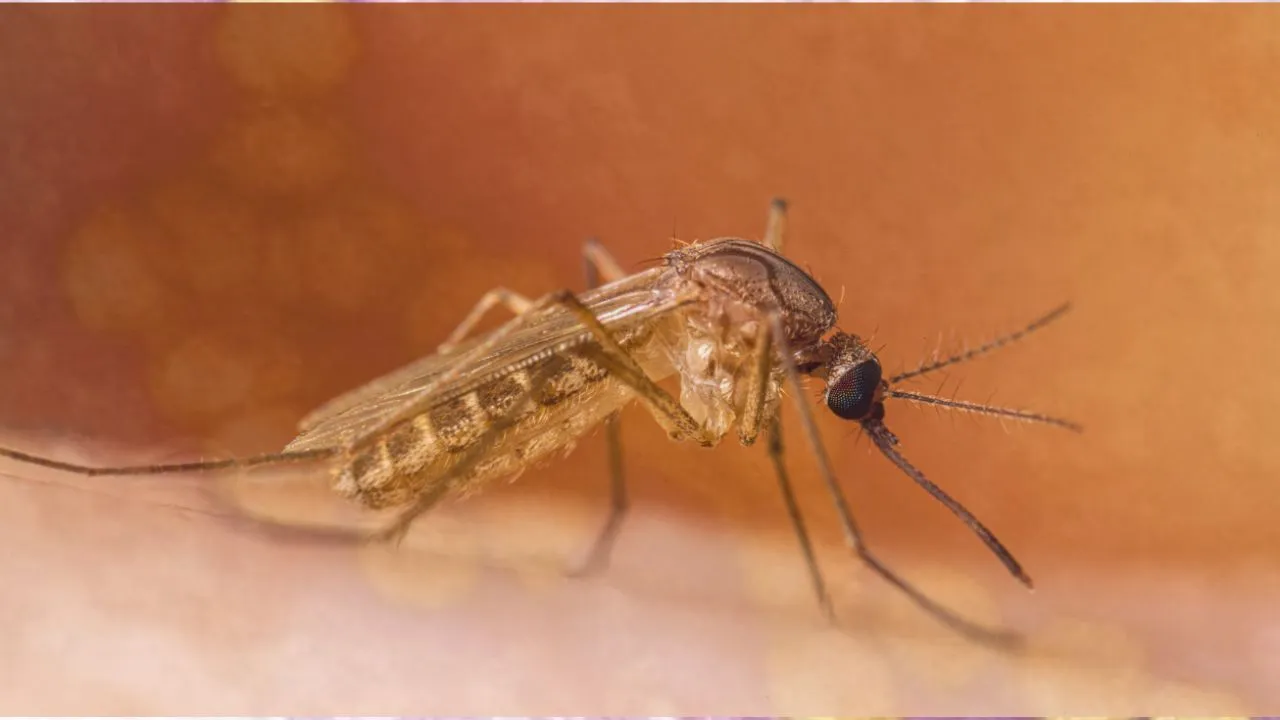West Nile virus (WNV) is a mosquito-borne virus that has become a significant public health concern in many parts of the world. Originally identified in Uganda in 1937, the virus has since spread globally, causing outbreaks that have affected thousands of people. This article delves into what West Nile virus is, how it spreads, its symptoms, and the broader impact it has on human life.
Table of Contents
What is West Nile Virus?
West Nile virus is a member of the Flavivirus genus, which includes other viruses like dengue, Zika, and yellow fever. The primary carriers of WNV are mosquitoes, particularly the Culex species. Birds are the natural hosts of the virus, but mosquitoes can transmit it to humans and other animals.
Once a person is bitten by an infected mosquito, the virus enters the bloodstream. Most people infected with WNV either experience no symptoms or develop mild, flu-like symptoms. However, in some cases, the virus can cause severe neurological diseases, such as encephalitis or meningitis, which can be life-threatening.
How Does West Nile Virus Spread?
The primary mode of transmission for WNV is through the bite of an infected mosquito. Mosquitoes become infected when they feed on birds that carry the virus. The virus then replicates in the mosquito’s salivary glands, and it can be transmitted to humans or animals when the mosquito bites again.
In rare cases, WNV can also be transmitted through blood transfusions, organ transplants, or from mother to baby during pregnancy, childbirth, or breastfeeding. However, these methods of transmission are much less common compared to mosquito bites.
Symptoms of West Nile Virus
The symptoms of West Nile virus vary depending on the severity of the infection. There are three main categories of WNV infections:
- Asymptomatic Infection: The majority of people infected with WNV (approximately 80%) do not exhibit any symptoms.
- Mild Infection (West Nile Fever): About 20% of infected individuals experience mild symptoms, which can include:
- Fever
- Headache
- Body aches
- Fatigue
- Skin rash
- Swollen lymph glands These symptoms typically last for a few days to several weeks.
3. Severe Infection (Neuroinvasive Disease): Less than 1% of those infected develop severe neurological conditions, such as:
- Encephalitis (inflammation of the brain)
- Meningitis (inflammation of the membranes surrounding the brain and spinal cord)
- Acute flaccid paralysis (sudden muscle weakness) Symptoms of severe infection can include:
- High fever
- Stiff neck
- Disorientation or confusion
- Coma
- Seizures
- Muscle weakness
- Vision loss Severe cases can result in long-term neurological damage or even death, particularly in older adults or individuals with weakened immune systems.
Impact on Human Life
The impact of West Nile virus on human life can be significant, particularly in regions where the virus is endemic or where outbreaks occur. The most severe cases of WNV can lead to long-term health problems, including chronic pain, fatigue, and neurological impairments. Recovery from severe WNV can take months or even years, and some individuals may never fully recover.
Beyond the direct health effects, WNV can also place a burden on healthcare systems, especially during large outbreaks. Hospitals may see an influx of patients requiring intensive care, and public health agencies may need to allocate additional resources to mosquito control efforts and public education campaigns.
Prevention and Control
Preventing West Nile virus largely revolves around reducing mosquito exposure. This can be achieved through several strategies:
- Use of Insect Repellent: Applying insect repellent containing DEET, picaridin, or oil of lemon eucalyptus can help prevent mosquito bites.
- Wearing Protective Clothing: Long sleeves, pants, and socks can reduce skin exposure to mosquitoes.
- Mosquito-Proofing Homes: Using screens on windows and doors, and eliminating standing water where mosquitoes breed, can reduce the risk of mosquito bites.
- Community Mosquito Control: Public health efforts to control mosquito populations through larvicides and adulticides are crucial in preventing the spread of WNV.
Conclusion
West Nile virus remains a significant public health threat, particularly in areas prone to mosquito activity. While most infections are mild or asymptomatic, the potential for severe neurological disease underscores the importance of prevention and early detection. By understanding the transmission, symptoms, and impact of WNV, individuals and communities can take proactive steps to protect themselves and mitigate the effects of this virus.

